Home>Ideas and Tips>Backyard Archery Range Setup for a Safe Target Practice Area
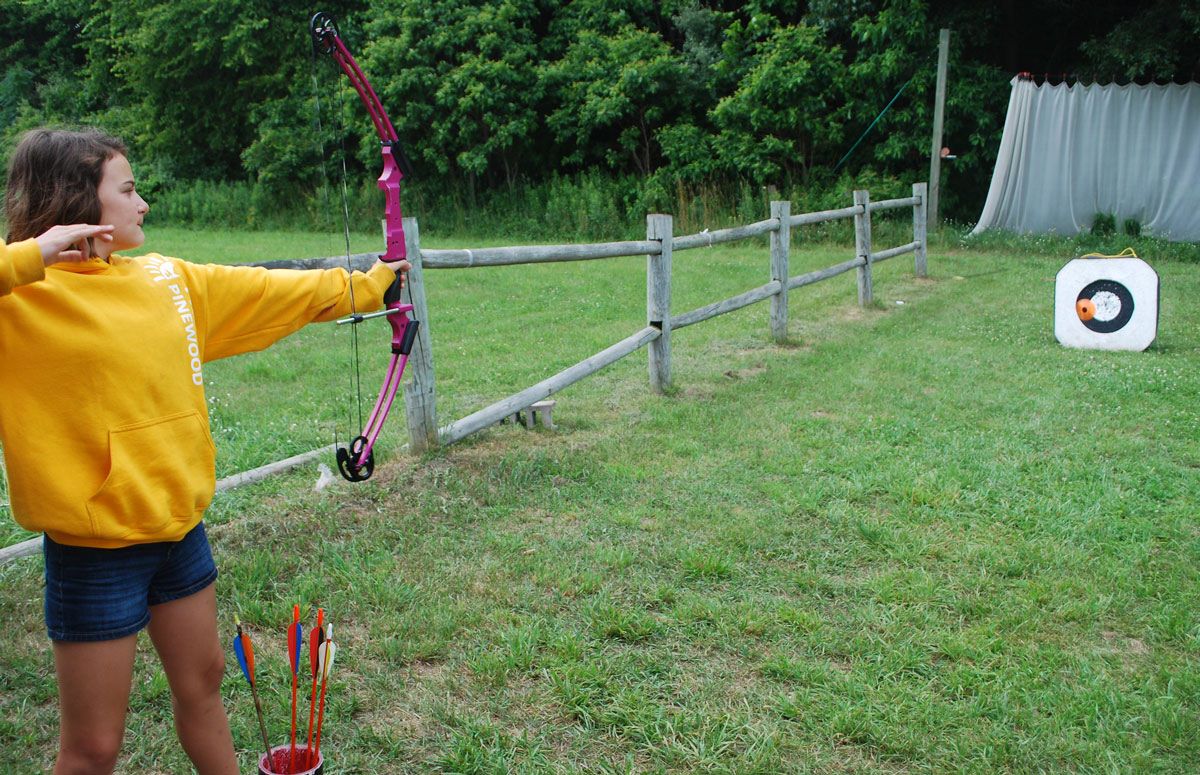

Ideas and Tips
Backyard Archery Range Setup for a Safe Target Practice Area
Published: September 25, 2024
Learn how to set up a safe backyard archery range with our guide on legal considerations, target selection, backstop construction, and essential safety tips.
(Many of the links in this article redirect to a specific reviewed product. Your purchase of these products through affiliate links helps to generate commission for Storables.com, at no extra cost. Learn more)
Creating a backyard archery range is an excellent way to practice your sport conveniently and safely. However, setting up such a range requires careful planning and adherence to safety guidelines to ensure that both you and your neighbors are protected. In this article, we will guide you through the process of setting up a safe and effective backyard archery range, covering legal considerations, target selection, backstop construction, and essential safety tips.
Legal Considerations
Before you start setting up your backyard archery range, it is crucial to check if it is legal in your area. Many municipalities have ordinances that regulate the use of archery equipment in residential areas. You can find this information by:
- Checking Local Websites: Visit your town or county’s website for archery-related ordinances.
- Contacting Local Authorities: Call the police department’s information line or visit an archery shop to inquire about local regulations.
- Consulting with HOA: If you live in a neighborhood with a homeowners association (HOA), check their rules regarding archery practice.
It is also wise to inform your neighbors about your plans to set up an archery range. This can help prevent potential conflicts and ensure that everyone is aware of the activities taking place in your yard.
Target Selection
Choosing the right target is essential for safe and effective practice. There are several types of targets available, each with its pros and cons:
- Portable Targets: These are smaller and easier to store. They are ideal for beginners as they can be placed on the ground, ensuring that arrows shoot at downward angles, which reduces the risk of stray arrows traveling far.
- Large Stationary Targets: These targets tend to last longer than portable models but may be cumbersome to move once installed. They are more difficult to miss, making them suitable for backyard use and long-distance shooting.
- 3D Targets: These targets are fun to shoot and great practice for bowhunting and 3D competitions. However, they are usually smaller and easier to miss, requiring a more precise setup.
Backstop Construction
A backstop is a critical component of any archery range, designed to catch stray arrows and prevent them from causing damage or injury. Here are some guidelines for constructing or purchasing a backstop:
- Physical Backstop: You can hang an old carpet behind your target to catch stray shots. This is a simple and effective way to create a backstop, especially if you have limited space.
- Natural Backstop: If you have a steep hill in your backyard, you can place the target at the bottom of the hill. The hill itself can serve as a natural backstop, providing an excellent option for safety.
- Commercial Backstops: You can purchase commercial backstops that are professionally tested. These are reliable and ensure that your range is safe.
Safety Tips
Safety should always be the top priority when setting up and using a backyard archery range. Here are some essential safety tips:
1. Clear Directions
Ensure that your target is placed in a direction that does not pose a risk to people or property. Avoid shooting towards roads, houses, or areas where people pass by or hang out.
Read more: How To Design A Child-Safe Backyard
2. Safe Distance
Leave at least 25 yards of safe area behind the target and backstop. If this is not possible, consider using a physical barrier like a large backstop or natural barriers such as hills.
3. Range Safety Rules
Establish clear range safety rules for everyone using the range. This includes:
- Informing others when the range is clear and when they can resume shooting.
- Ensuring that everyone knows to stay behind the shooting line when anyone is practicing.
- Keeping pets leashed or indoors to prevent them from entering the shooting area.
4. Proper Equipment
Use proper archery equipment and ensure that your arrows are not damaged. Avoid using arrows with damaged tips as they can cause unpredictable behavior upon impact.
5. Regular Maintenance
Regularly inspect your backstop and targets to ensure they are in good condition. A damaged backstop or target can compromise safety.
6. Neighborhood Awareness
Inform your neighbors about your archery practice and explain your setup to calm any concerns. This proactive approach can help prevent conflicts and ensure a harmonious living environment.
Practical Setup Steps
Here’s a step-by-step guide to setting up your backyard archery range:
- Check Local Regulations: Verify that archery practice is allowed in your area and familiarize yourself with any local ordinances.
- Inform Neighbors: Discuss your plans with your neighbors to avoid any potential conflicts.
- Choose Targets: Select the appropriate targets based on your needs and budget.
- Set Up Backstop: Construct or purchase a backstop that is larger than your target and capable of stopping arrows.
- Designate Safe Areas: Ensure there is a safe distance behind and around the target area, including at least 25 yards behind the target and backstop.
- Establish Safety Rules: Develop clear safety rules for everyone using the range, including informing others when the range is clear and ensuring pets are kept out of the area.
- Regular Maintenance: Regularly inspect your backstop and targets to ensure they are in good condition.
Additional Considerations
1. Insurance
Notify your insurance provider about your archery range, especially if you plan to let others use it. Understand your liabilities and discuss additional safety steps with your agent.
2. HOA Rules
If you live in a neighborhood with an HOA, check their rules regarding archery practice. Some HOAs may have specific regulations or restrictions.
3. Pet Safety
Keep pets leashed or indoors during archery practice to prevent them from entering the shooting area. This ensures both human and animal safety.
Conclusion
Creating a safe backyard archery range requires careful planning and adherence to safety guidelines. By checking local regulations, selecting appropriate targets, constructing a reliable backstop, and establishing clear safety rules, you can enjoy convenient and safe archery practice in your own yard. Remember to inform your neighbors and maintain regular inspections of your equipment to ensure a harmonious and safe environment for everyone involved.
By following these steps and guidelines, you can set up a backyard archery range that not only meets but exceeds safety standards, allowing you to focus on improving your skills without worrying about potential risks. Happy shooting
Was this page helpful?
At Storables.com, we guarantee accurate and reliable information. Our content, validated by Expert Board Contributors, is crafted following stringent Editorial Policies. We're committed to providing you with well-researched, expert-backed insights for all your informational needs.


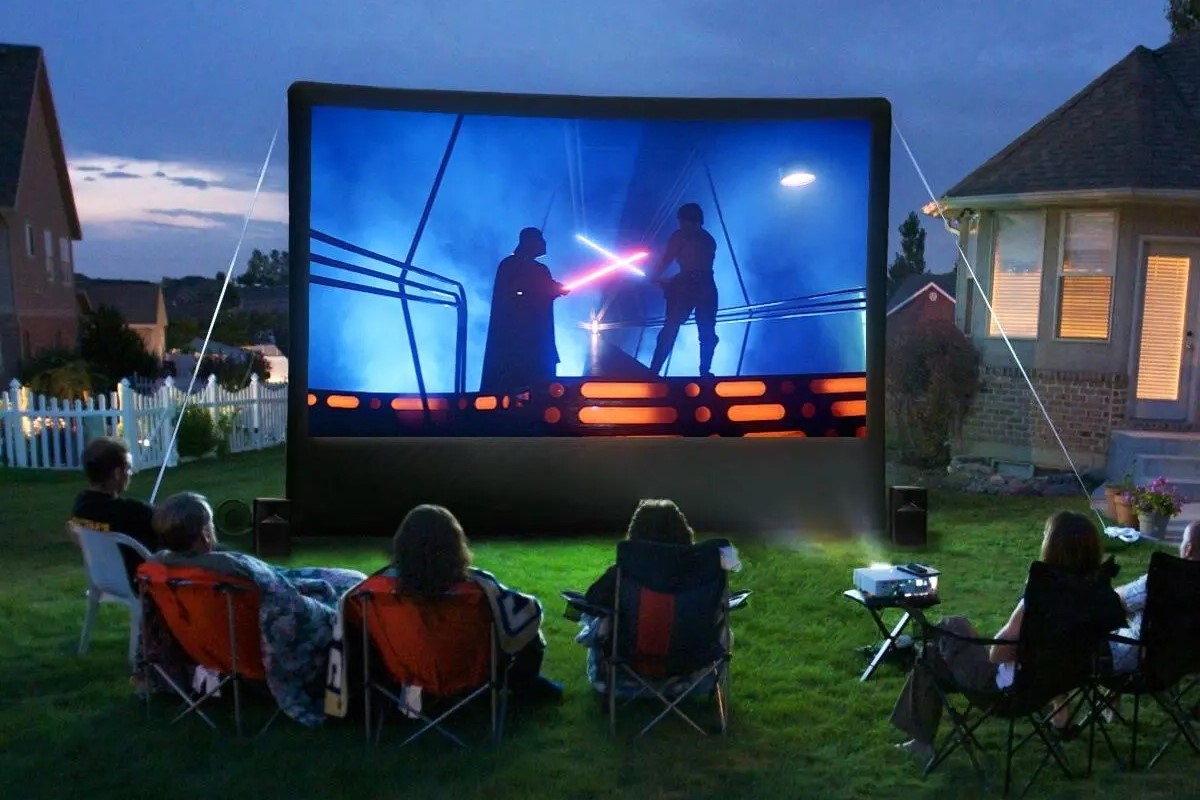
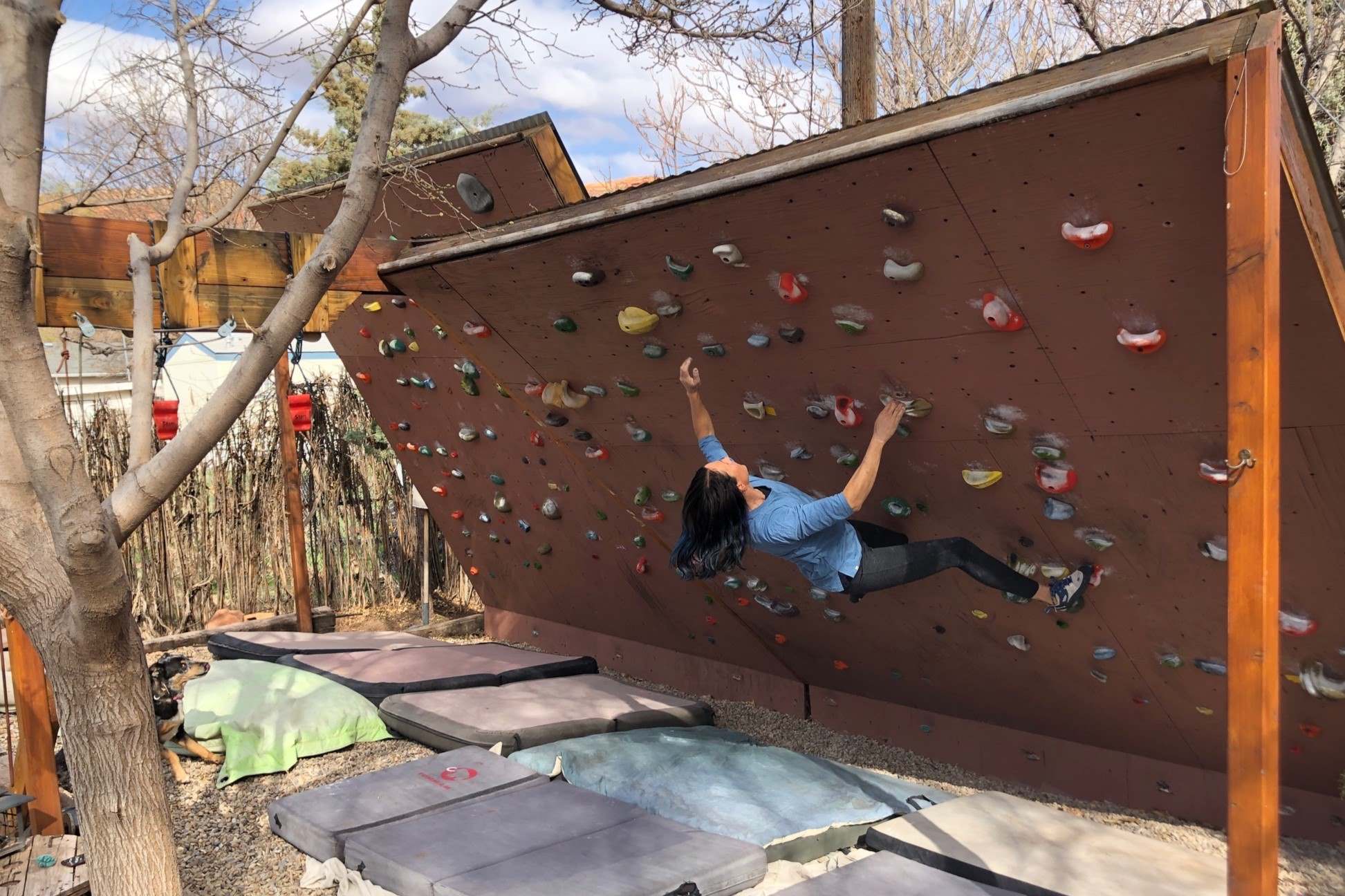
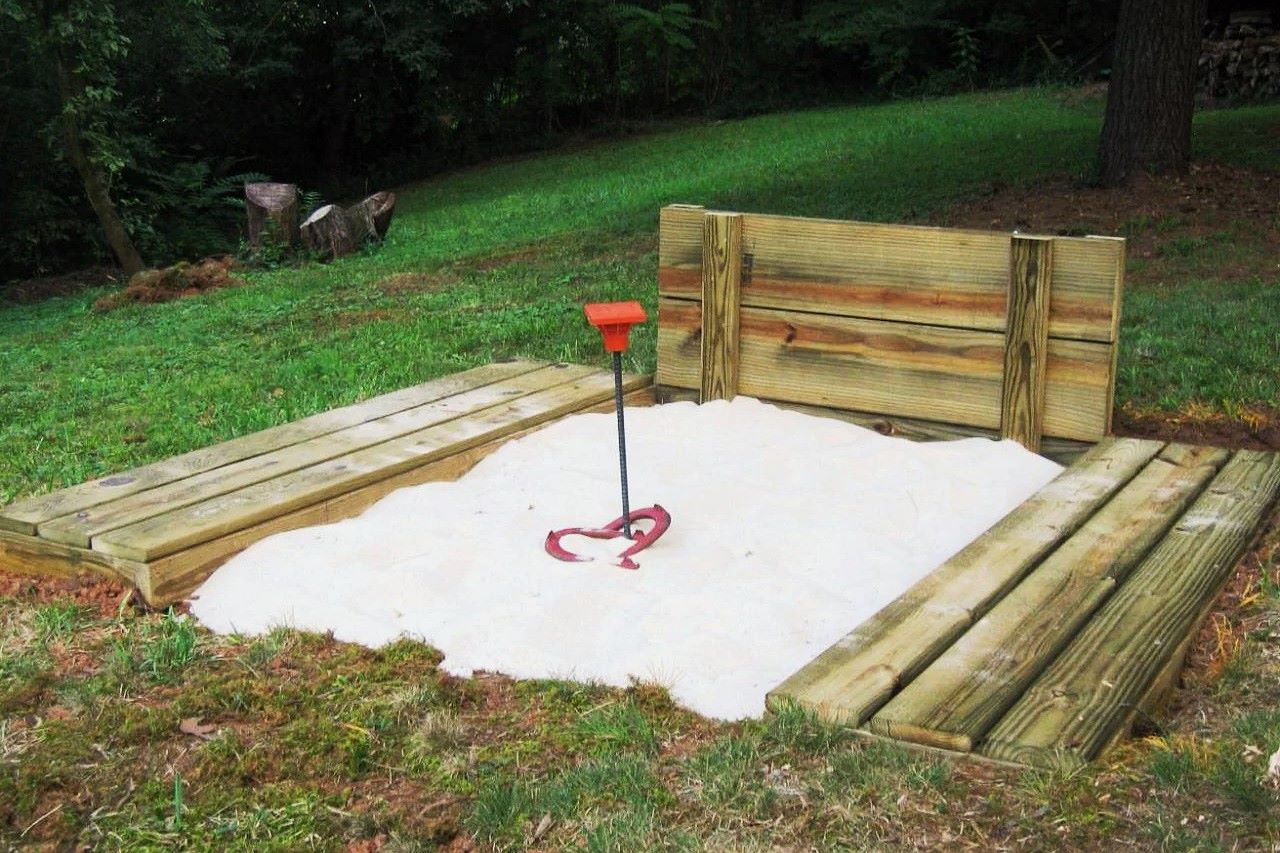
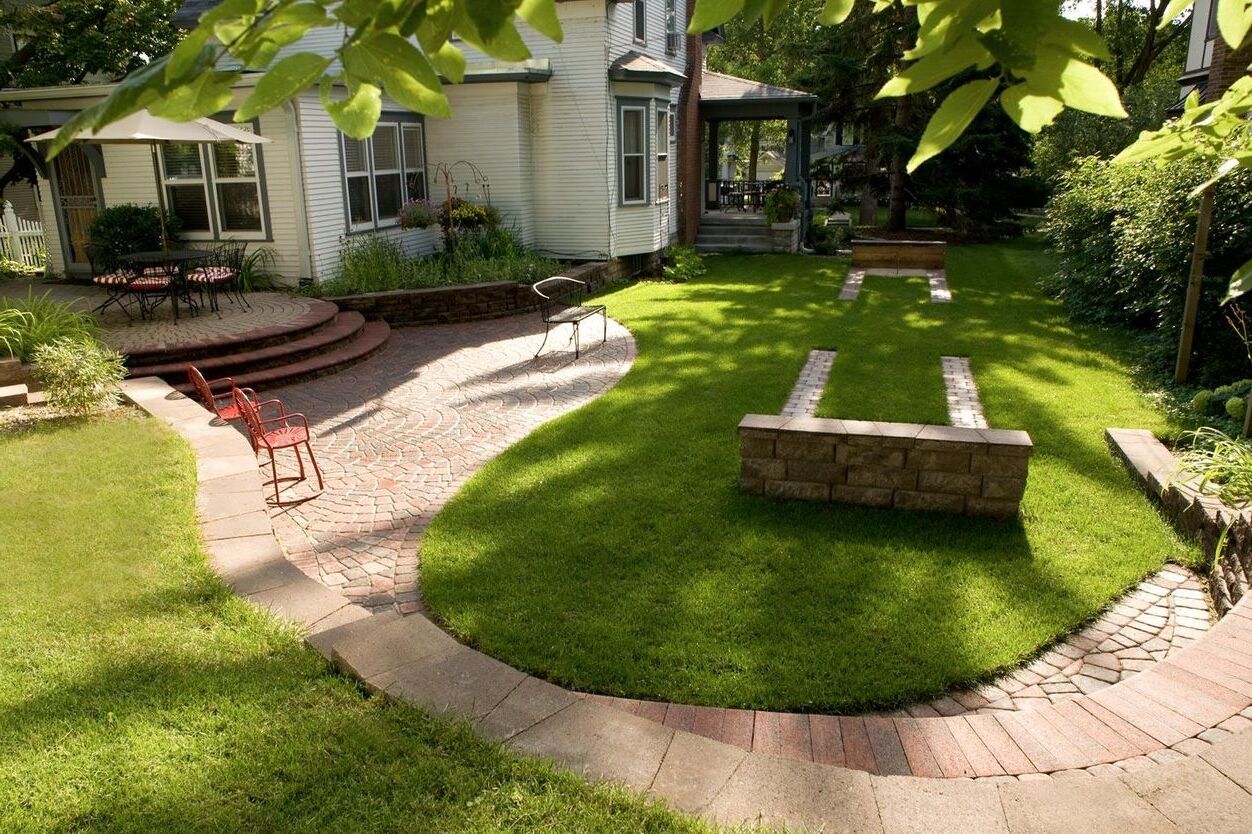
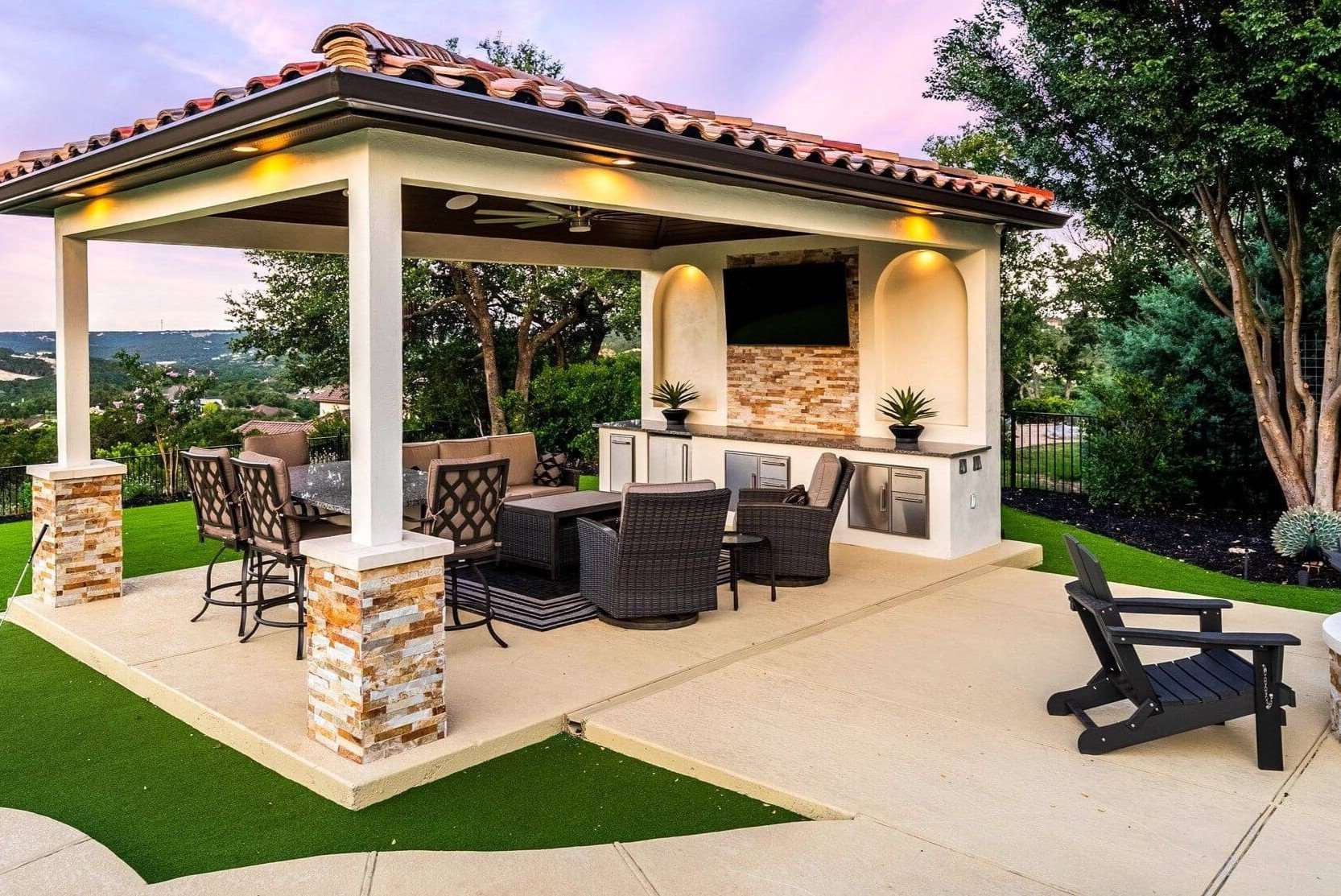
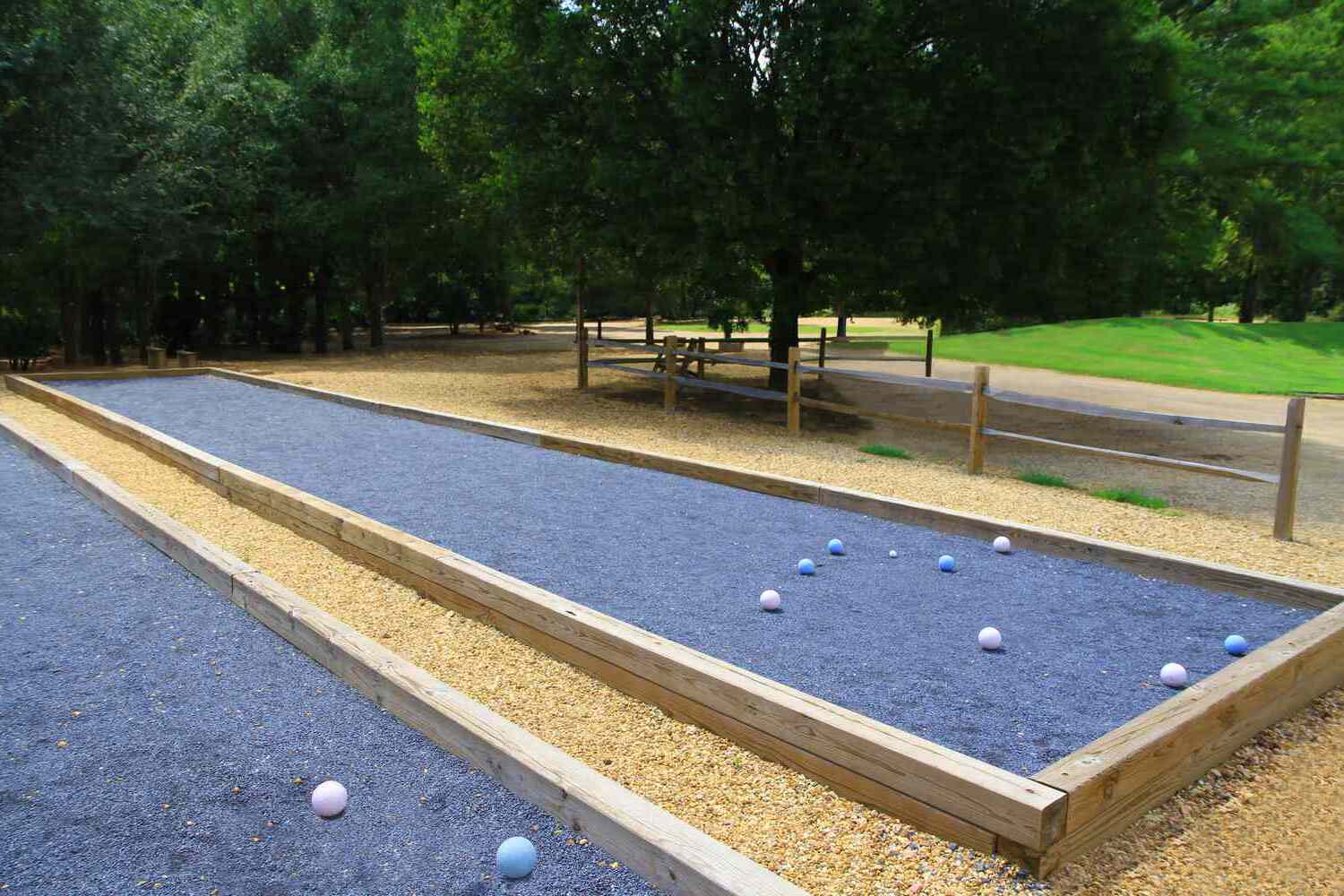
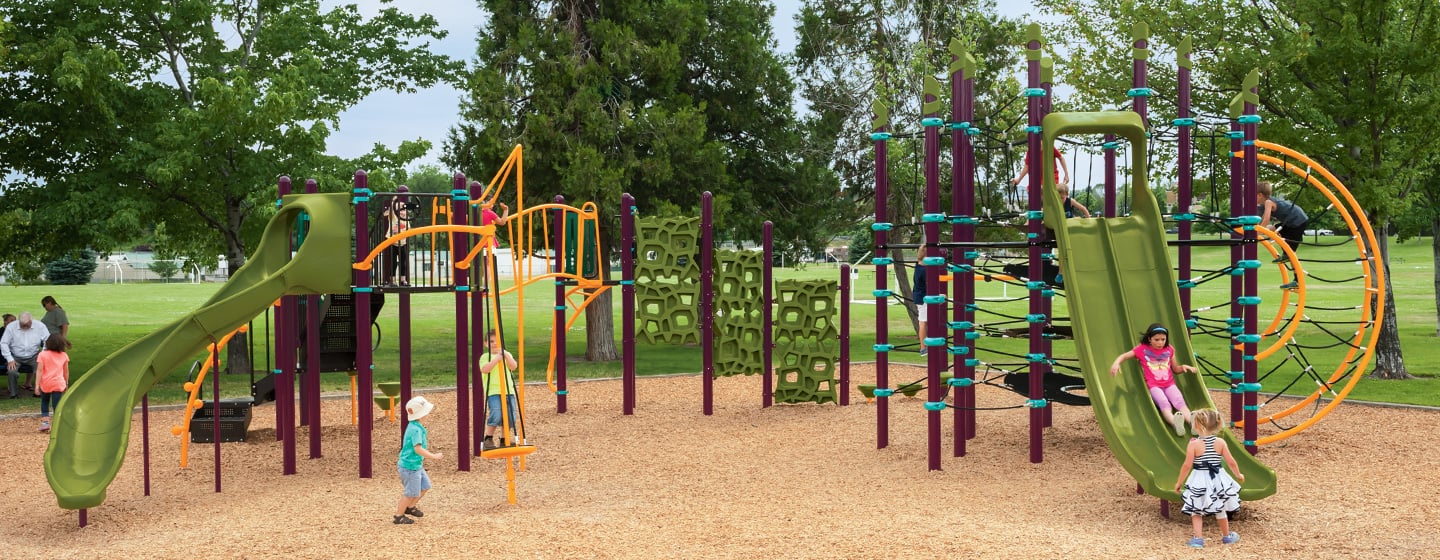

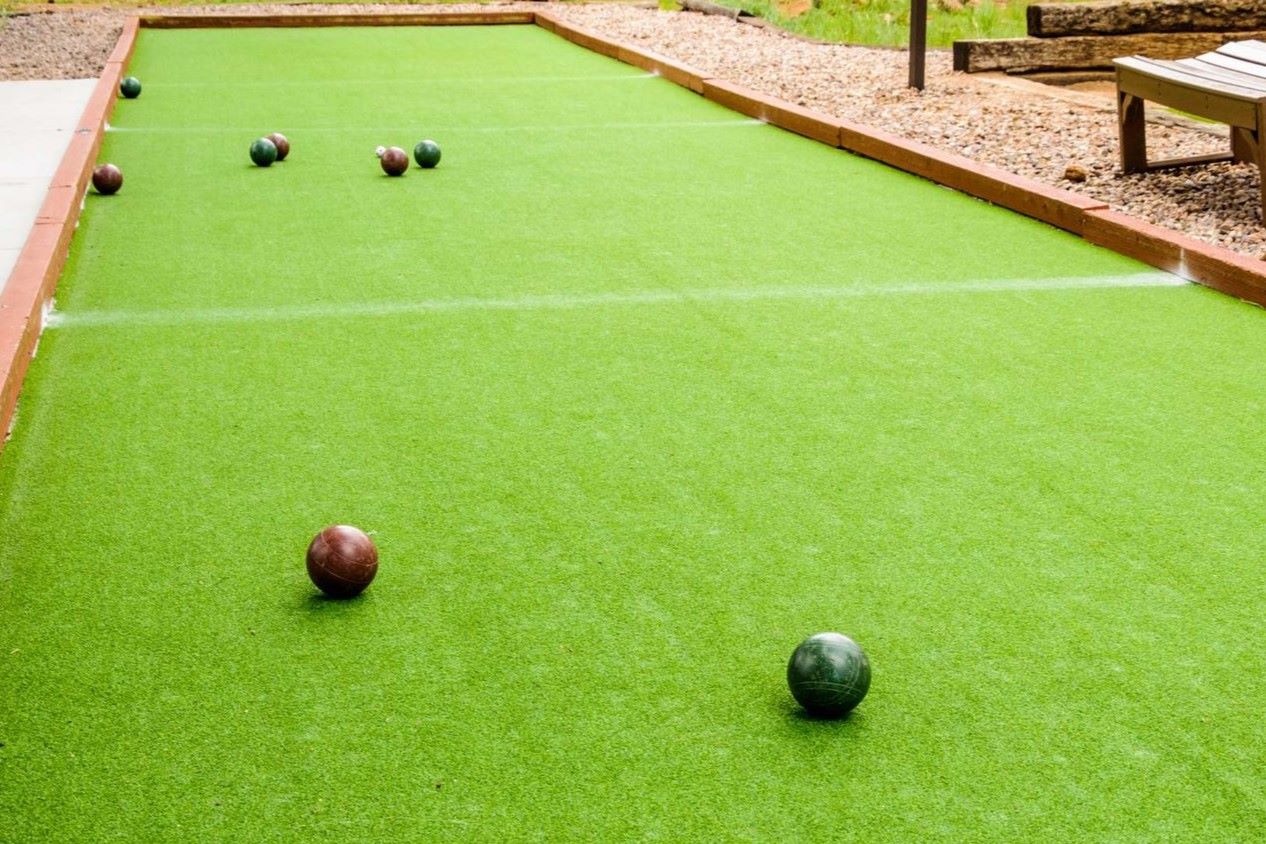
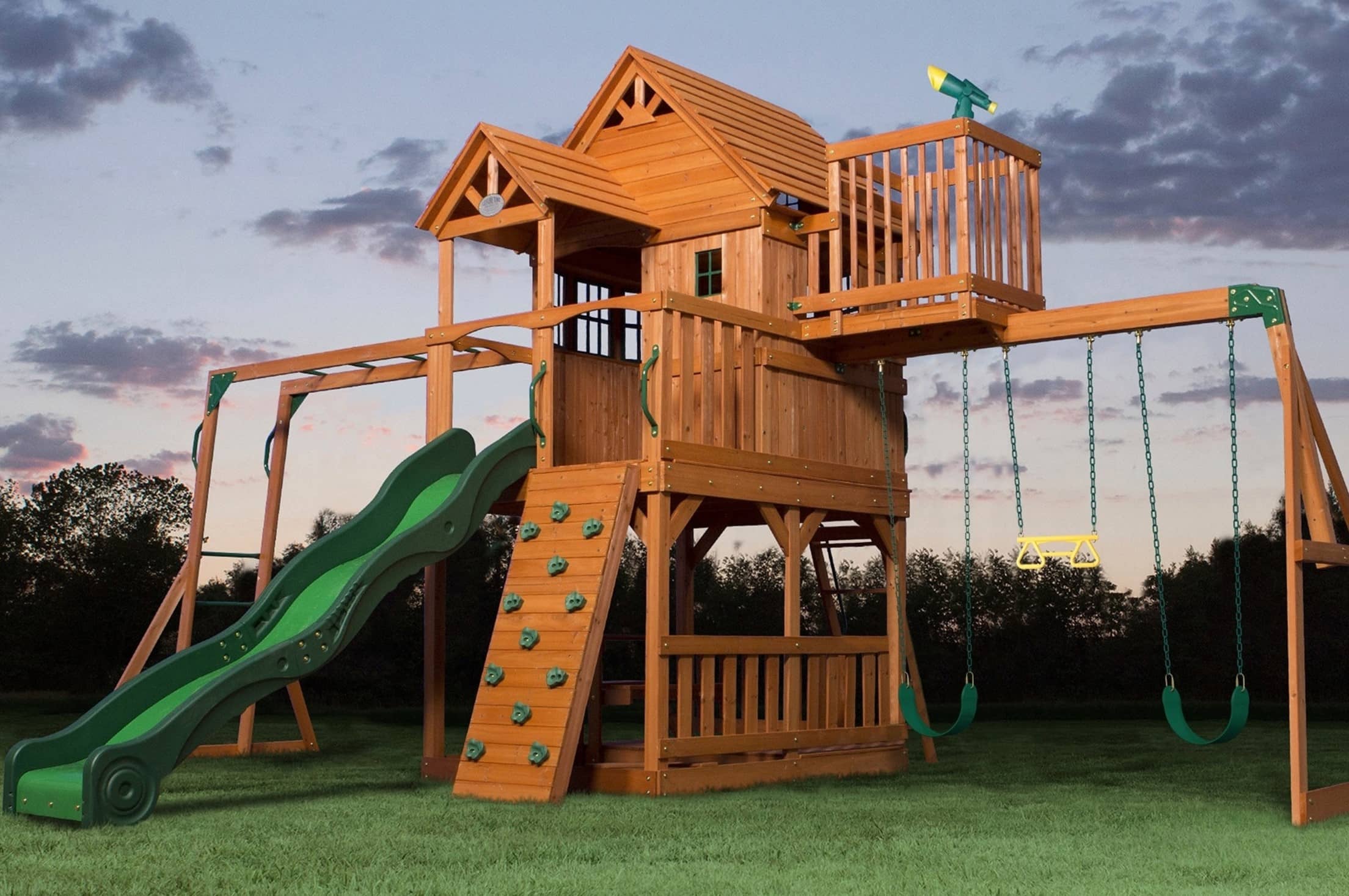

0 thoughts on “Backyard Archery Range Setup for a Safe Target Practice Area”